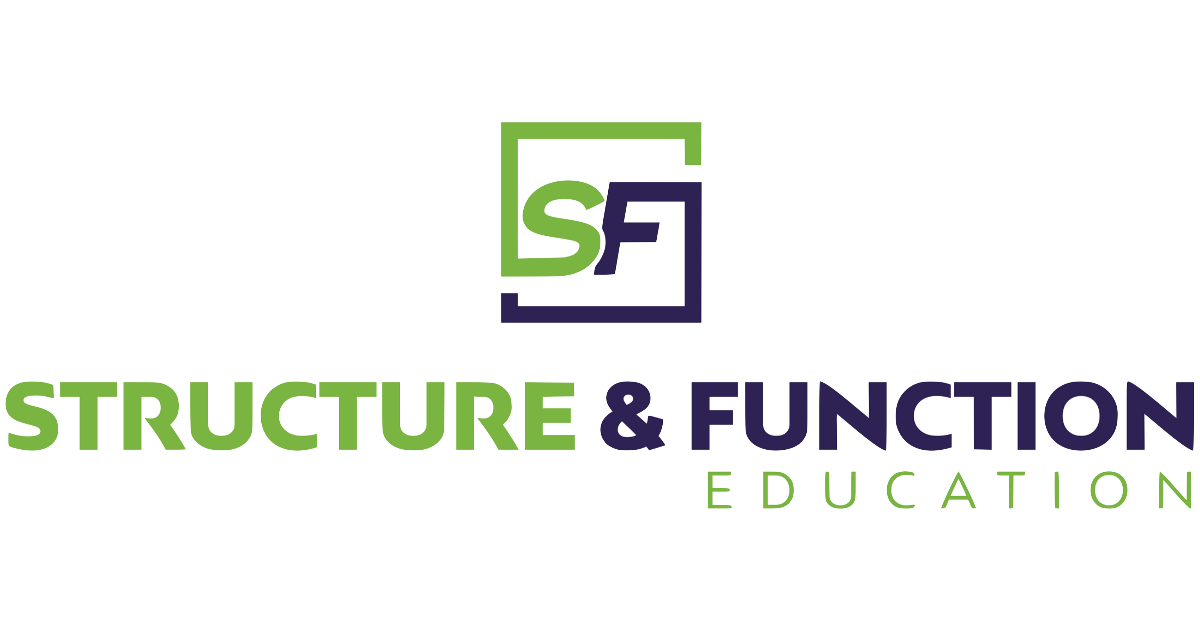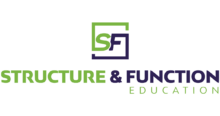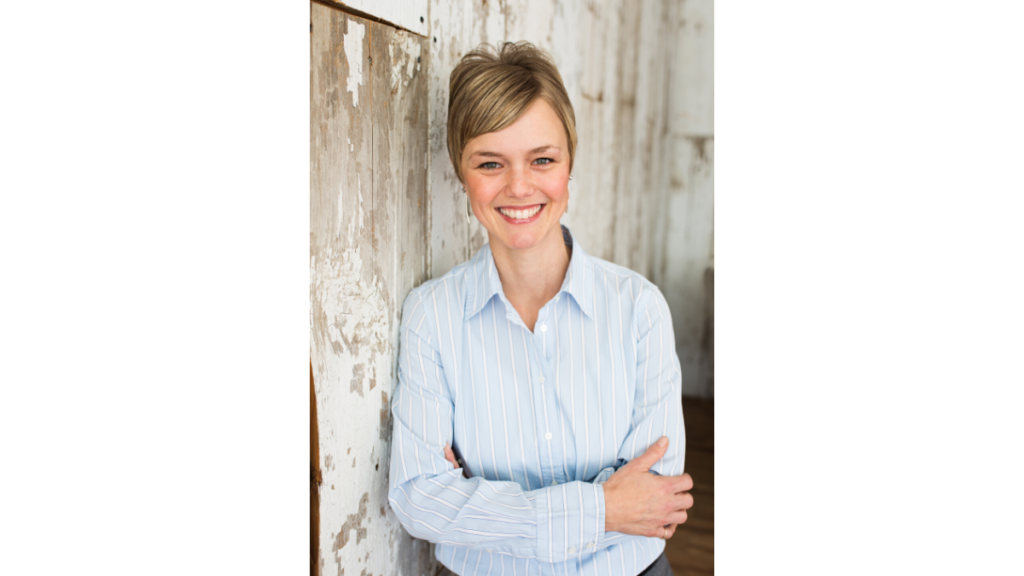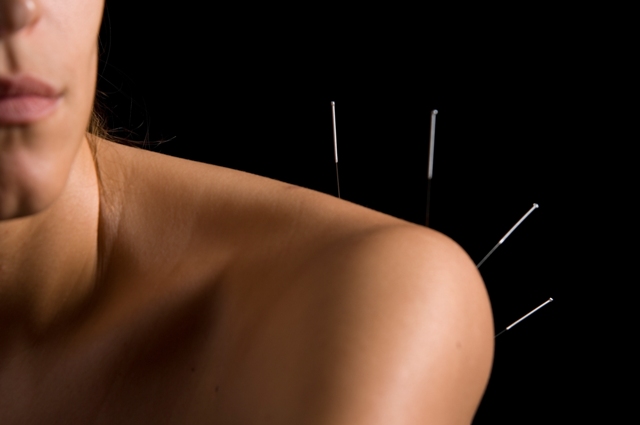Dr. Leslie Churchill is a Chiropractor in Omaha, Nebraska at Mid City Chiropractic, a private clinic that she opened in 2006. She focuses on the treatment of musculoskeletal pain of the spine and extremities, with an emphasis on soft tissue manipulation, especially IASTM and dry needling. She treats a wide variety of different ages and groups of people, but mostly active individuals that are limited functionally due to their pain.
Leslie has been part of the S&F Family for many years. She has completed the Foundations (SFDN1) course, a few of the Advanced dry needling courses, and is working to complete the SFDN Certification program. We did a brief interview with Leslie and asked why she chose to learn dry needling with us and how she uses dry needling and the Pentamodal Method in her practice. This is what she shared with us:
“I decided to learn dry needling through Structure & Function Education because I had a bike accident/TBI in 2015 with resultant migraines and head /neck pain. I experienced the benefits of dry needling through a practitioner in my area who recommended the approach that Structure & Function Education taught versus other classwork that she had taken. A colleague of hers had taken a course from Structure & Function and liked how you didn’t just simply approach it from a position of treating trigger points. Similarly, I wanted a technique that was taught in a broader, more holistic way and one that was potentially less pain-provoking than I had heard about from patients who were not happy with prior experiences with dry needling.
I currently use dry needling in at least 75% of my patients to help with pain management, muscle facilitation and/or relaxation. Typically, I will use IASTM or cupping techniques first to evaluate the fascia and increase local blood flow before applying the dry needle. Then, on most patients I tend to apply muscle stim for about 10 minutes to the needles that are placed. After the soft tissue work with IASTM and DN, I am much better able to manipulate and mobilize the joints that are in need and the muscles are more cooperative with the rehab exercises that need to be done.
The Pentamodal approach has made all the difference in the way I think about and use DN versus the simplistic understanding I had of it as a patient and going into the training initially.
I appreciate the treatment options it opens my mind to consider with patients, versus the strictly local approach. I will often incorporate the spinal level of treatment with a local condition. Also, following the path of the nerve that may be involved is helpful especially if more localized treatment doesn’t create enough change within a short time. It has been amazing to see the effects of this with treating the sacral nerve roots after taking the LPH class recently, in conditions like plantar fasciitis and Achilles tendinosis especially!
I was introduced to the concept of PPTP’s through the Pentamodal approach and am continuing to study more about this for application in my practice. I am excited to take part in the Fascial Manipulation course as soon as I can too!
Patients are always so thankful that I have learned this dry needling technique because for many of them it has provided relief that other techniques previously used just didn’t fully provide. It has blown me away how much it has helped certain types of patients and so quickly…often in 1-2 treatments and with fewer side effects!
I am always able to take and apply multiple new concepts and techniques from each of the classes I have taken with S&F and I’m excited to continue the learning process. I love how Sue is always continuing her education in so many different areas and how she then passes that along to us as her students and colleagues! (eg. Acupuncture and it’s comparison/similarities to dry needling; fascial manipulation; visceral manipulation, etc.) I very much appreciate the new addition of the online learning classes as well especially in these changing times!”
Thank you Leslie for taking the time to share with us and for trusting S&F with your continuing education. We love hearing about how you’re using dry needling in your practice very happy to hear that you are enjoying the new online courses!
Click here to learn more about Dr. Leslie Churchill and her practice.




